A Guide to Installing Cedar Shingles
 The JB Western Red Cedar Shingles from Marley are a lightweight roofing and cladding solution with a high degree of natural thermal insulation. Treated with MicroPro® clear preservative to retain the natural look of Cedar, they weather beautifully to blend into the natural environment.
The JB Western Red Cedar Shingles from Marley are a lightweight roofing and cladding solution with a high degree of natural thermal insulation. Treated with MicroPro® clear preservative to retain the natural look of Cedar, they weather beautifully to blend into the natural environment.
Cedar shingles are becoming an increasingly popular roofing material due to their sustainability advantages and natural timber look.
Burton Roofing Merchants have put together a step-by-step guide on how to make a shingle roof.
Note: Cedar shingles are thought of as specialist material, but they are easy to fit and can be done by any roofer... if you have the right tools!
Step 1a: Non-breathable underlay (black) with 25mm eaves vent system
Install continuous rafter roll, over fascia ventilator and felt support tray, to direct airflow below underlay into the roof space. Dress underlay down to bottom edge of felt support tray and fix using self-adhesive tape.
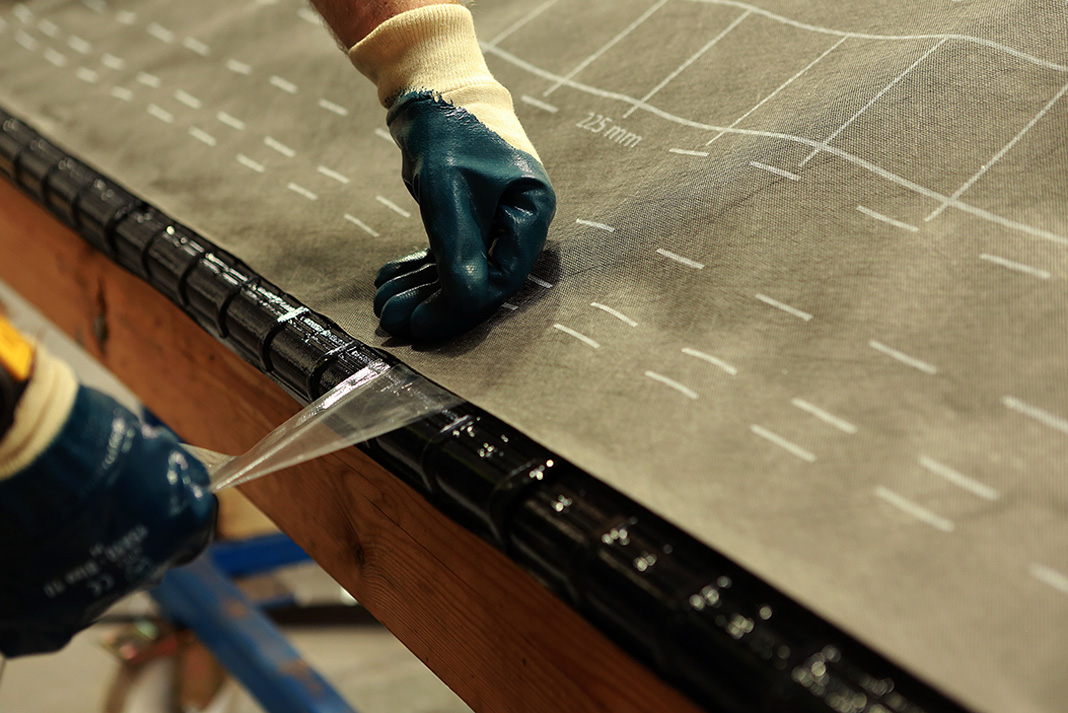 Step 1b: Vapour permeable underlay (red) with 25mm eaves vent system
Step 1b: Vapour permeable underlay (red) with 25mm eaves vent system
This method does not require a continuous rafter roll. Install felt support tray first and fix the over fascia ventilator over the top to direct airflow in the batten space, above the underlay and below the slates. Dress the underlay down to the bottom edge of the felt support tray, behind the over fascia ventilator and fix using self-adhesive tape.
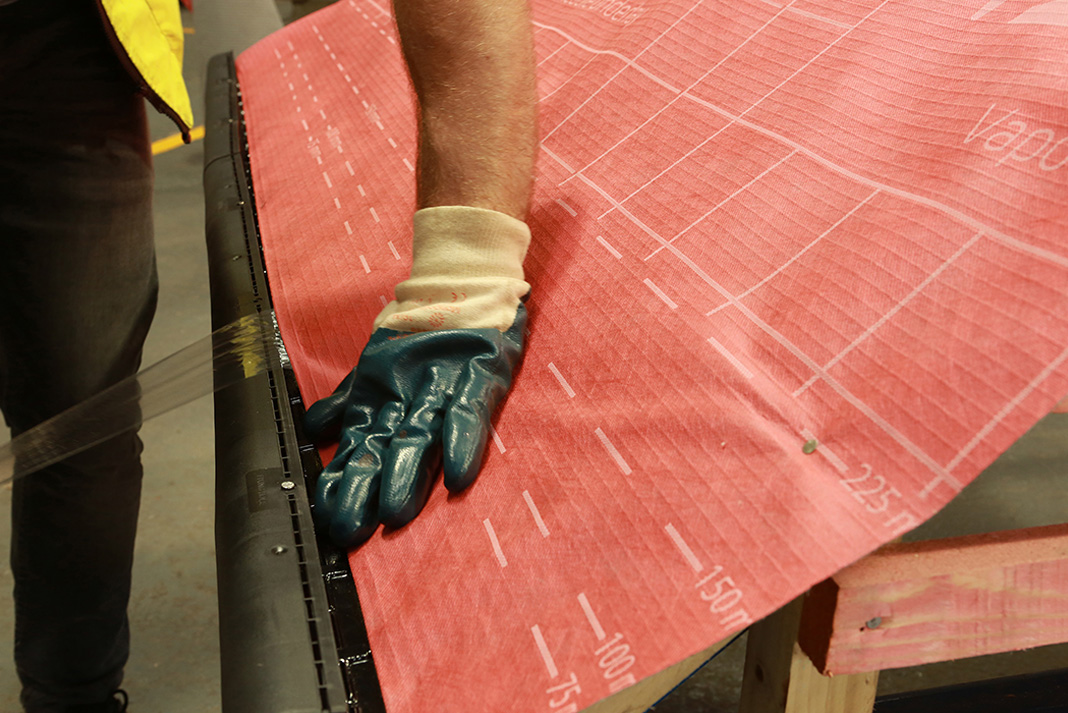
Step 2a: Non-breathable underlay – battens
Non-breathable underlay does not need to be counter battened. The position of the first batten should be the batten gauge, plus half the thickness of the batten. The batten gauge thereafter is based on the pitch of the roof.
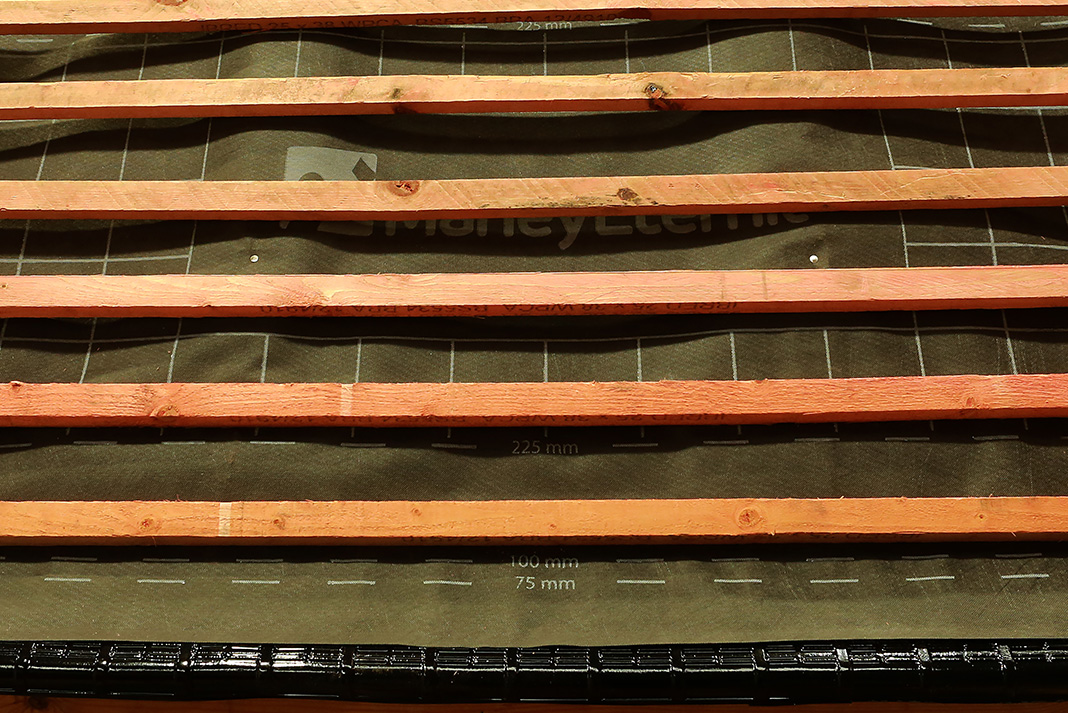 Step 2b: VP underlay with counter battens
Step 2b: VP underlay with counter battens
Vapour permeable underlay needs to be counter battened to allow ventilation of the batten space above underlay and below cedar shingles. The position of the first batten should be the batten gauge, plus half the thickness of the batten. The batten gauge thereafter is based on the pitch of the roof.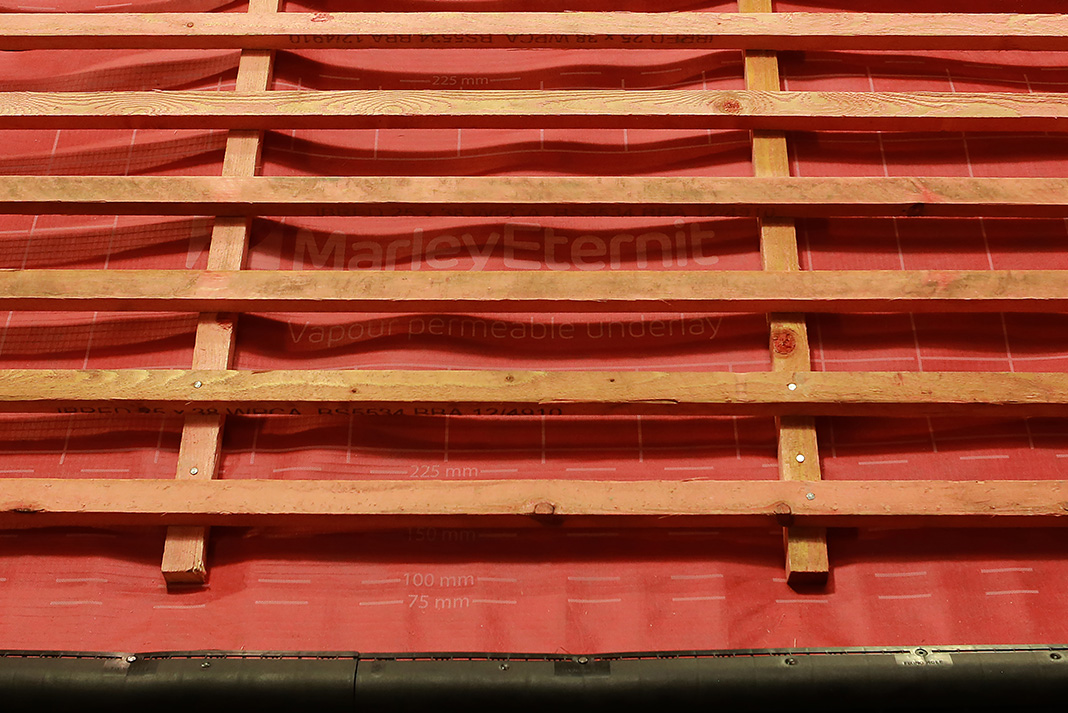
Step 3: Setting out
When setting out the first course, make sure there is a minimum overhang of 38mm at the verge and either a 38mm overhang at the eaves. A double course is required at the eaves and a broken bond pattern should be maintained.
Step 4: Fixing
Shingles should be twice nailed or stapled. You can use a 31mm x 1.8mm stainless steel ring shank nail. However a much quicker method is to use the ShingleFix staple with a Paslode gun. To avoid splitting and 38mm up from the butt of the course above, fixings should be positioned 19mm in from the edge of the shingle.
Step 5: Installation
As there will be no visible roofing batten during the installation, use a chalk line to highlight the batten position to aid nailing/stapling in the correct position. Maintain the broken bond pattern throughout the roof and ensure a 5mm gap is left between each cedar shingle.
Step 6: Ridges (See our available ridges here) 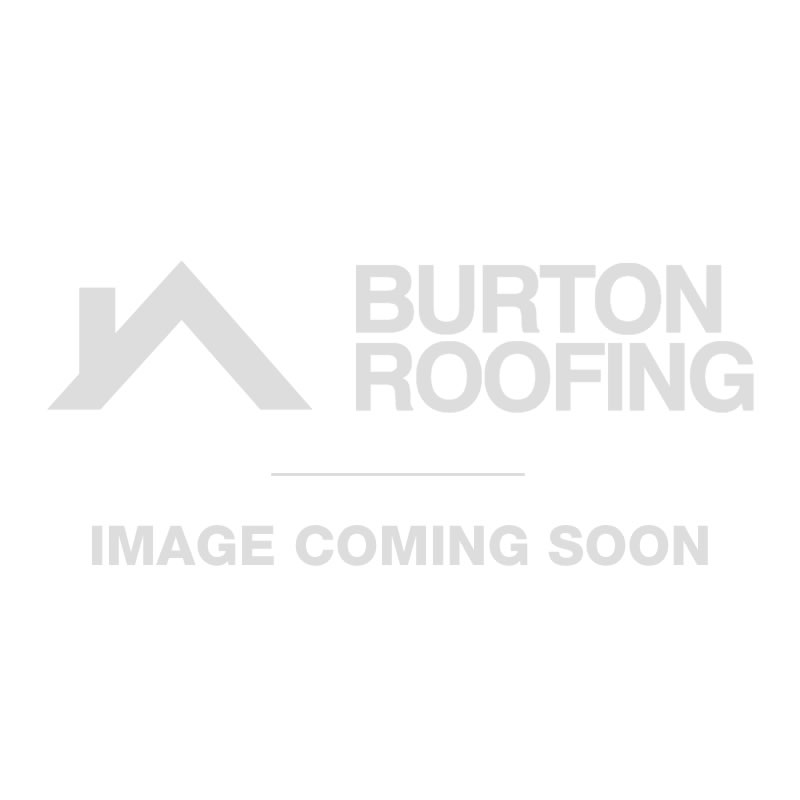
When you reach the ridgeline, you will need to cut the shingles to maintain the 125mm gauge – the shingles can be cut with a hand saw or by using a Stanley blade to score them.
Due to the thickness of shingles underneath, use a double ridge course. These should be fixed with a 45mm x 2.65mm nail.
Step 7: Finishing touches
Use the same gauge as the shingles at the ridge to give a more uniform appearance. This means ridges should be cut when they meet the central point. To speed up installation, use pre-formed hips and ridges.
Step 8 – The complete shingle roof.
Top Tips:

- Spend some time selecting the best face of the shingles and then nail a double starter course. Separate shingles approximately 6mm apart.
- It is best to use timber roofing battens and counter battens with a membrane to allow adequate air flow if necessary.
- Use two 31mm x 1.8mm silicon bronze nails per shingle.
- Four 45mm x 2.65mm silicon bronze nails for hip and ridge capping.
- For speed and to simplify installation, use preformed hips and ridges. When installing, start at each edge and work towards the middle.
